Gordon Matta-Clark
Gordon Roberto Echaurren Matta aka Matta-Clark was born in New York in 1943, the son of the Chilean surrealist painter Roberto Matta and the American Anne Clark, and had a twin brother: John Sebastian Matta (-1976). He studied French literature at the Sorbonne in Paris from 1962 to 1963 and architecture at Cornell University in Ithaca, USA from 1962 to 1968. Due to his radical, socially critical and innovative work, the artist still ranks among the most significant personalities of a New York art scene, which had begun to spread through the suburb of Soho in the late 1960s and early 1970s. Gordon Matta-Clark died in New York in 1978.
It was at around this time, too, that Matta-Clark began a series of works, which were displayed both in the public arena and at alternative galleries such as "98" and "112 Greene Street," and which covered, in an artistic form, subjects such as alchemy, trees, cooking, and recycling. The interaction of the human body with and within nature and similarly, with architecture, is a pivotal point around which his works orbited from the beginning, starting with "Rope Bridge" (1969) through his numerous drawings of trees, arrows and pictograms, his forceful alterations of buildings, his performances and on to his drafts for "Ballongebäude" (1978).
Matta-Clark is known to all artists and architects, especially because of his so-called "Building Cuts" (1972-78) where he sliced through all layers of materials and removed entire chunks of abandoned buildings. The work process itself, the sudden penetration of light, vistas opening up, and the public’s perambulations in the transformed building along with the potential hazards involved, were integral elements of these works. Since none of the works themselves could be preserved, Matta-Clark’s films offer the best access to an appreciation of this group of works. The medium of film was, however, also employed by Matta-Clark in a reflective and analytical manner, e. g., as an instrument of supervision in "Chinatown Voyeur" (1971) or in researching the underground of cities, such as in "Substrait" (1976) and "Sous-sols de Paris" (1977).
The Generali Foundation also organized a major retrospective in 1999, where Matta-Clark’s conceptual approach was presented in greater detail and also, for the first time, his graphic work. The Generali Foundation has acquired - along with other central works - all of Gordon Matta-Clark’s films and videos and has contributed - in conjunction with other renowned international institutions - to the restoration of these important works. (Sabine Breitwieser)
Books of artists
Hans Schabus. The Story of an Artist. Business Letters by Gordon Matta-Clark. Ed. Sadowsky, Thorsten for Generali Foundation - Dauerleihgabe am Museum der Moderne Salzburg. Text by Matta-Clark, Gordon. Salzburg, 2021.
Hans Schabus. The Story of an Artist. Business Letters by Gordon Matta-Clark. Ed. Sadowsky, Thorsten for Generali Foundation - Dauerleihgabe am Museum der Moderne Salzburg. Text by Matta-Clark, Gordon. Salzburg, 2021.
Artworks

Automation House, 1972
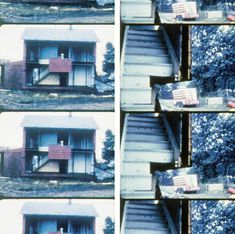
Bingo, 1974

Chinatown Voyeur, 1971
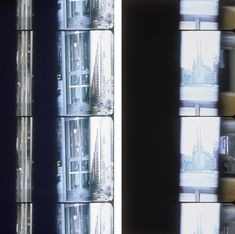
City Slivers, 1976
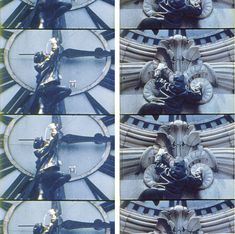
Clockshower, 1974
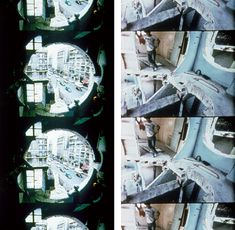
Conical Intersect, 1975

Day's End, 1975

Fire Child, 1971
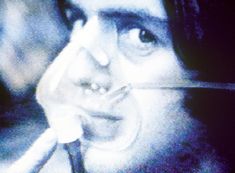
Fresh Air, 1972
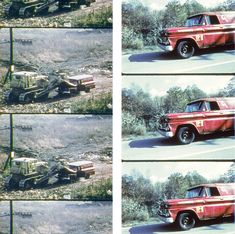
Fresh Kill, 1972

In a Garden or a Crowded Avenue, 1973-74

Office Baroque, 1977
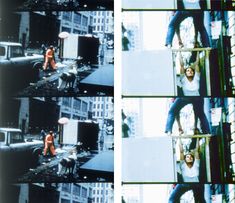
Open House, 1972

Pig Roast, 1971
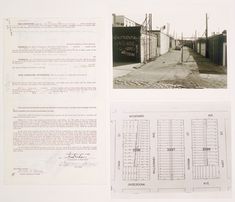
Reality Properties − Fake Estates (Block 3398, Lot 116), 1973
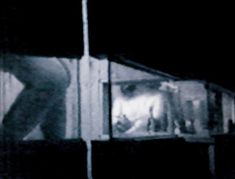
Sauna View, 1973
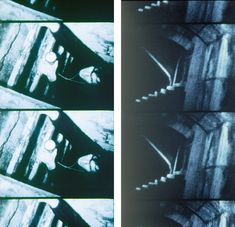
Sous-sols de Paris, 1977

Splitting, 1974
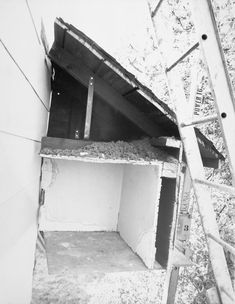
Splitting: One Corner Fragment, 1974
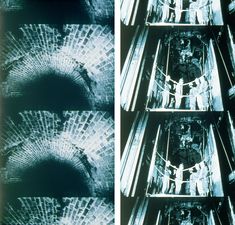
Substrait (Underground Dailies), 1976

Tree Dance, 1971

Untitled, 1974

Untitled, 1976-77

Window Blow-Out, 1976